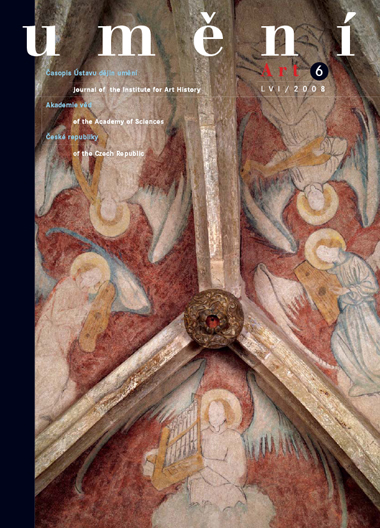Marcel Pencák
Nástup architektonické moderny a c. k. Česká vysoká škola technická
At the end of the 19th century the ideas of architectural modernism, which would eventually influence the education of young architects in the Czech lands, began to take shape. The School of Decorative Arts in Prague, headed from 1898 by Jan Kotěra, gradually became the centre of teaching influenced by this new architectural movement. Conversely, the Prague Polytechnic, where architecture was taught by the conservative professors Josef Schulz and Jan Koula, shut itself off from modernist trends. However, at the turn of the century, a group of exceptionally talented students, headed by Pavel Janák, came together at the Prague Polytechnic. They regarded the system of teaching at the school to be outdated and wanted to adapt it to accommodate new conditions. They asserted their views primarily through the Club of Architectural Students at the Prague Polytechnic, which they founded in 1900. They protested the situation at the Prague Polytechnic by organising exhibitions of the extracurricular work of members and writing letters to the board of professors in which they expressed disagreement with the emphasis the school placed on learning the forms and creative methods of ancient and Renaissance architecture, the excessive number of subjects outside the students' specialty, and the purely mechanical practice of drawing from historical archetypes. Inspired by Kotěra's teaching, the members of the club wanted their school to support the individual development of students and allow more room for independent design work based on modern creative principles. However, none of their demands was ever met by the heads of architecture at the Prague Polytechnic. Following the departure of Janák's strong generation the club stagnated ideologically and its public activity waned. Before the First World War the club even took a stand against the newest trends, at that time represented by Cubist architects. The club renewed the tradition of its founders' activity at the start of the 1920s, when teaching at the Prague Polytechnic was confronted with the newly emerging international movements.
Full-text in the Digital Library of the Czech Academy of Sciences:
https://kramerius.lib.cas.cz/uuid/uuid:7f672f4b-6c8c-84b9-e7f3-645fb95b2bfc
< back

